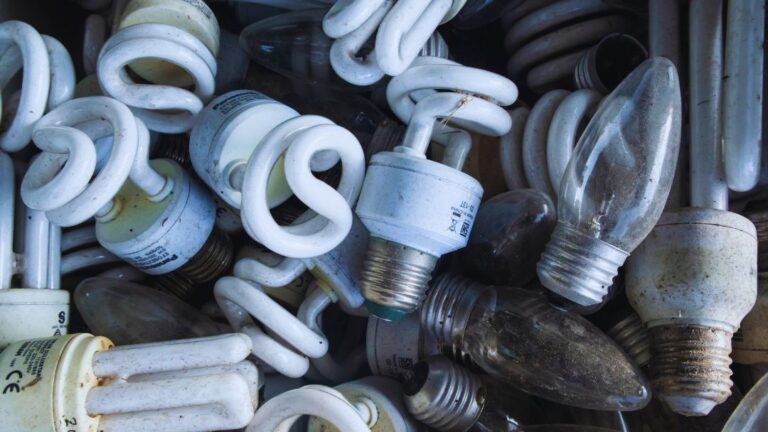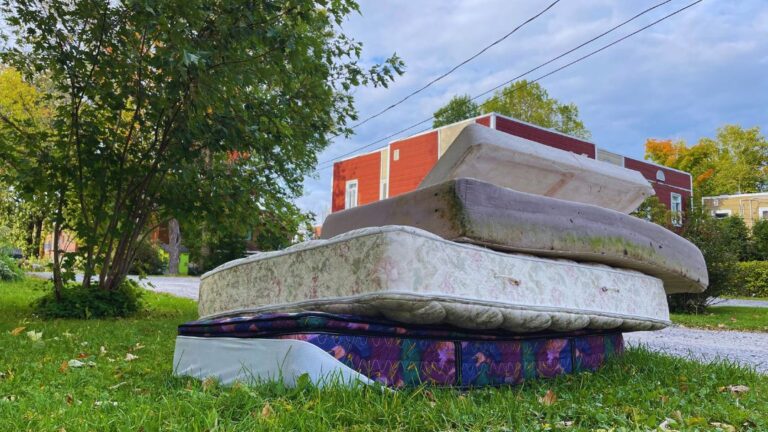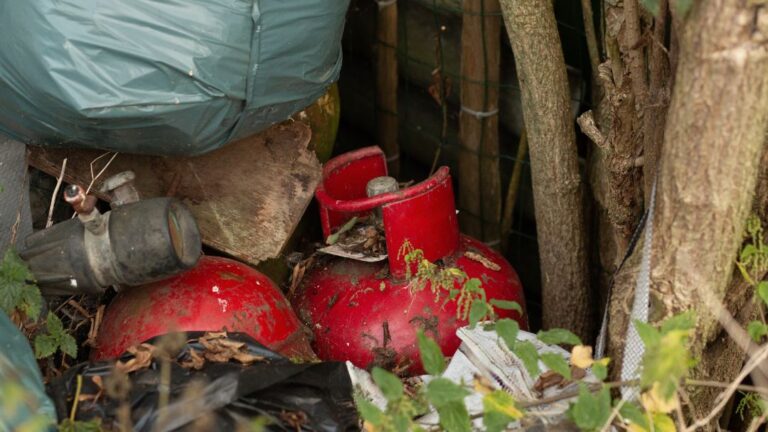Choosing the Right Hazardous Storage Containers for Your Waste
- Jonathan R.
- August 6, 2024
Table of Contents
Handling hazardous waste isn’t just a task; it’s a big deal. Whether you’re running a factory, working in a government agency, or managing municipal waste, you need to deal with hazardous materials safely. The right hazardous storage containers can make all the difference between a smooth operation and a potential disaster.
Next, we’ll explore what to consider when picking the perfect containers for your hazardous waste. Let’s begin, shall we?
Understanding Your Waste
Let’s start with the basics: knowing what you’re dealing with. Hazardous waste can be solid, liquid, gas, or sludge. Each type needs a different kind of container. Imagine trying to store a liquid in a flimsy container; it would be a disaster. Here’s how to avoid that.
Liquid waste needs leak-proof, corrosion-resistant containers. Solid waste requires something sturdy and impact-resistant. Gaseous waste? You’ll need containers that can handle pressure without leaking. Getting these details right is crucial to avoid spills and leaks that could lead to severe problems.
Also, think about the chemical properties of your waste. Some materials can react with certain container materials, causing dangerous situations. Always ensure the container material is compatible with the waste it will hold.
Regulatory Compliance
When it comes to hazardous waste, following the rules isn’t just important; it’s mandatory. Regulatory bodies like the EPA and OSHA have strict guidelines to protect the environment and human health. Ignoring these can lead to hefty fines and serious legal troubles.
Make sure the hazardous storage containers you choose meet all the relevant standards. Look for proper labeling, solid construction, and clear usage instructions. Certified, regulation-compliant containers are a must. Staying compliant can also save you from potential disasters and keep your operation running smoothly.
Keep in mind that regulations can vary by state or region. Stay updated on local requirements to ensure full compliance. Partnering with a trusted supplier who provides certified containers can make this a breeze.
Assessing Storage Conditions
The conditions where you store your hazardous waste matter a lot. Think about temperature, humidity, and exposure to the elements. These factors can affect the integrity of your containers and the safety of your stored waste.
If you’re storing waste outdoors, you need weather-resistant containers that can withstand extreme conditions. Indoor storage might require containers with specific features, like ventilation or secondary containment systems, to prevent leaks and spills.
Consider if your storage area is prone to flooding, high humidity, or temperature changes. Containers with extra protective features, like insulation or UV protection, might be necessary to keep your waste safe under these conditions.
Container Size and Capacity
It is crucial to pick the right size and capacity for your hazardous storage containers. Overfilling containers can lead to spills and leaks, while underutilized containers waste valuable space and resources.
Evaluate how much hazardous waste your operation generates and choose containers that can handle the maximum volume you expect. It’s better to have a slightly larger container than risk overfilling a smaller one. Also, think about how often you generate and dispose of waste. If waste is produced continuously, multiple smaller containers might be easier to manage than a few large ones.
Modular containers that can be expanded or connected as needed offer flexibility and scalability. As your needs change, you can adjust your storage capacity without needing to invest in entirely new containers.
Safety Features
Safety is everything when dealing with hazardous materials. Look for storage containers with built-in safety features to mitigate the risks. These can include:
- Secondary containment systems: Essential for preventing spills and leaks from escaping the primary container.
- Pressure relief valves: Necessary for containers storing gaseous waste to prevent pressure build-up.
- Locking mechanisms: Secure hazardous waste to prevent unauthorized access and tampering.
- Ventilation systems: Important for preventing the build-up of toxic fumes in enclosed containers.
These features protect your personnel and the environment while helping you maintain regulatory compliance. Investing in high-quality, safety-equipped containers can save you from potential accidents and costly consequences down the line.
Partnering with Safety Storage Inc.
When choosing hazardous storage containers, having a reliable partner makes all the difference. Safety Storage Inc. is the industry leader in prefabricated and custom hazardous material storage and containment systems. With over 35 years of experience, we know what it takes to keep your operations safe and compliant.
At Safety Storage Inc., we offer 100% customizable, prefabricated chemical storage containers for government, municipal, and manufacturing needs. Our containers are built to the highest quality standards, ensuring they meet and exceed all environmental and safety regulations.
Choosing Safety Storage Inc. means choosing peace of mind. Our expertise and commitment to quality ensure your hazardous waste is stored safely and securely. Reach out to us today to learn more about our customizable storage solutions and how we can help you manage your hazardous waste effectively.
Conclusion
Picking the proper hazardous storage containers is critical to managing hazardous waste. By keeping in mind these considerations, you can make informed decisions that protect your operations and the environment.
Choosing the proper hazardous storage containers doesn’t have to be overwhelming. With the right information and a trusted partner like Safety Storage Inc., you can make decisions that keep your operations safe, compliant, and efficient.

Jonathan Reed
Jonathan Reed specializes in writing in-depth, data-driven content on industrial waste management, regulatory compliance, and environmental sustainability. With expertise in hazardous waste disposal, OSHA guidelines, and waste reduction technologies, he provides actionable insights for businesses navigating complex waste management challenges.



